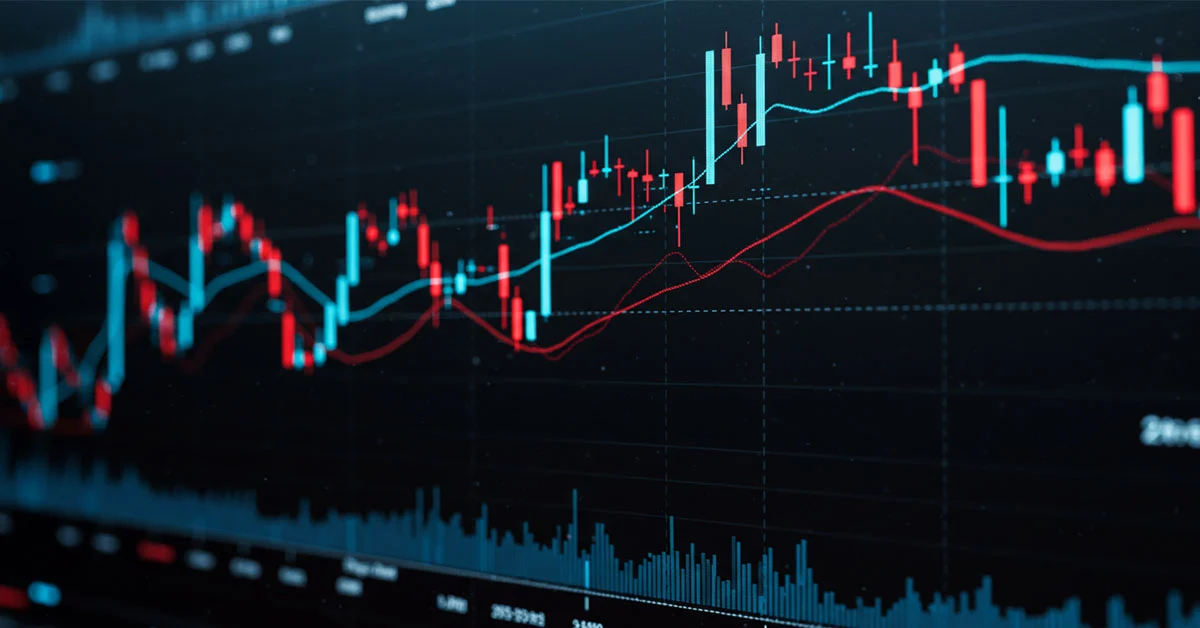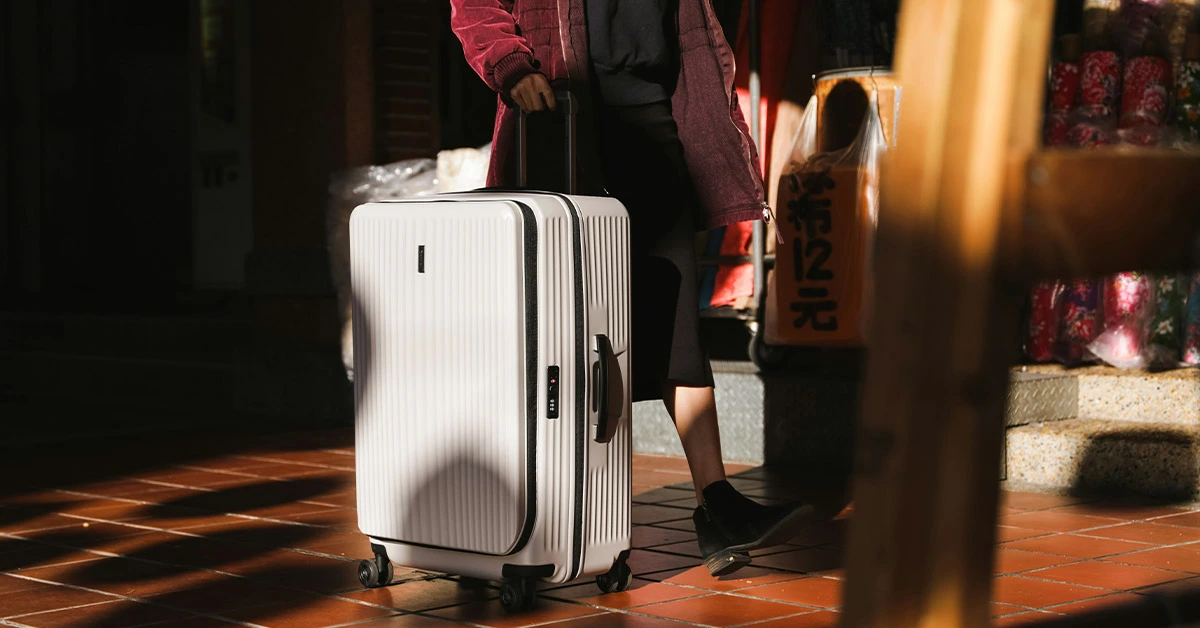Dow Jones Futures: What They Are and Why They Matter
Dow Jones Futures are more than just financial contracts—they provide key insights into stock market trends, investor sentiment, and global economic conditions.
In 2025, as financial markets continue to evolve, understanding Dow Jones Futures is crucial for both seasoned investors and beginners.
This in-depth analysis will explore what Dow Jones Futures are, their impact on global markets, predictions for 2025, and strategies to navigate this essential financial instrument effectively.
Dow Jones Futures Explained: A Complete Guide
Definition and Function
Dow Jones Futures are derivative contracts that allow investors to speculate on the future value of the Dow Jones Industrial Average (DJIA), one of the most important U.S. stock market indices.
These contracts are traded on major futures exchanges, such as the CME Group (Chicago Mercantile Exchange), and are widely used by institutional investors and traders to hedge portfolios against market fluctuations or profit from price movements.
How Do They Work?
Futures contracts function as agreements to buy or sell an asset (in this case, the Dow Jones index) at a predetermined price on a future date. This allows investors to speculate on market direction without owning the underlying stocks.
Why Are They Important?
-
Market Sentiment Indicator: Rising futures suggest optimism among investors, while falling futures indicate caution or bearish sentiment.
-
Risk Management Tool: Traders use Dow Jones Futures to hedge against volatility.
-
Global Market Influence: Movements in Dow Jones Futures impact stock markets worldwide.
How Dow Jones Futures Impact Global Markets
Dow Jones Futures influence financial markets beyond the U.S., shaping global trends in stocks, commodities, and monetary policy.
Impact on Global Stock Markets
-
Positive Trends: When Dow Jones Futures rise, European and Asian markets often react positively, signaling investor confidence.
-
Negative Trends: Falling futures can trigger volatility in global markets, affecting indices like the FTSE 100, DAX, and Nikkei 225.
Influence on Commodities
-
Oil Prices: A strong Dow Jones often correlates with higher oil demand, boosting prices.
-
Gold Prices: A declining stock market increases demand for gold as a safe-haven asset.
Effect on Interest Rates
Central banks, including the Federal Reserve and the European Central Bank, monitor Dow Jones Futures to adjust monetary policies. A booming market may lead to tighter interest rate policies, whereas declines may prompt rate cuts to stabilize the economy.
Dow Jones Futures 2025: Predictions and Trends
Moderate Growth Expected
Market analysts anticipate moderate growth in Dow Jones Futures in 2025, influenced by U.S. monetary policies and global economic recovery.
Projected Range: 38,000 – 46,000 Points
Steady Upward Trend: Driven by corporate earnings and innovation.
(Source: InvestingHaven)
Key Risk Factors
Despite positive projections, several risks could negatively impact the index:
-
Inflation and Interest Rates: The Federal Reserve’s policies and inflation trends remain critical. (MarketWatch)
-
Geopolitical Tensions: Trade wars and conflicts can disrupt global markets. The Guardian highlighted that China’s retaliatory tariffs led to a market-wide sell-off, causing the Dow Jones to drop by over 890 points. (The Guardian)
-
Corporate Earnings and Market Sentiment: Any downturn in major Dow components like Apple, Microsoft, or Boeing could pressure the index.
Technological and Sectoral Trends
Sectors driving Dow Jones growth in 2025 include:
-
Artificial Intelligence (AI) and Cloud Computing: Microsoft and Google are leading this space.
-
Cybersecurity: Increasing digital threats are boosting investments in security firms.
-
Green Energy: Sustainability initiatives are influencing stock performance.
Future Projections
According to Barron’s, the Dow Jones recently surpassed 42,000 points.
While some analysts predict a long-term target of 50,000 points,
a more realistic estimate for 2025 is 46,000 points. (Barron’s)
Moderate Growth Expected
Market analysts anticipate moderate growth in Dow Jones Futures in 2025,
influenced by U.S. monetary policies and global economic recovery.
Technological and Sectoral Trends
Sectors driving Dow Jones growth in 2025 include:
-
Artificial Intelligence (AI) and Cloud Computing: Microsoft and Google are leading this space.
-
Cybersecurity: Increasing digital threats are boosting investments in security firms.
-
Green Energy: Sustainability initiatives are influencing stock performance.
How to Learn Everything About Dow Jones Futures: A Complete Guide
Understanding Dow Jone

s Futures is essential for investors looking to navigate the financial markets effectively.
Below is a comprehensive guide with updated strategies, resources, and tips for 2025.
1. Understand the Basics
Before diving into Dow Jones Futures,
it’s crucial to grasp fundamental financial market concepts, including:
-
What stock indices are: The Dow Jones Industrial Average (DJIA) represents 30 major U.S. companies. (Wikipedia)
-
How futures contracts work: Futures are agreements to buy or sell an asset at a predetermined price on a future date. (Wikipedia)
-
Difference between futures and other derivatives, such as options: While futures contracts obligate the buyer/seller to execute the trade at expiration, options contracts provide the right, but not the obligation, to buy or sell. (Investopedia)
Recommended Resources:
- Books: “Trading and Investing in Futures” by John F. Carter.
- Online courses: Coursera and Udemy offer introductory courses on futures markets.
2. Dive Deeper into Technical Analysis
Technical analysis is a vital tool for futures traders,
involving the study of charts and indicators to predict market movements.
3. Technical Analysis Deep Dive: Indicators and Chart Patterns
Technical analysis is one of the most powerful tools for traders using Dow Jones Futures.
It involves interpreting charts and indicators to predict future market movements.
Let’s explore how key indicators are used in practice to help make trading decisions.
Simple Moving Averages (SMA) and Exponential Moving Averages (EMA)
Moving averages are essential for smoothing out market volatility and identifying trends.
The SMA calculates the arithmetic mean of an asset’s prices over a specific period,
while the EMA gives more weight to recent prices, making it more sensitive to rapid market changes.
- How to use in practice?
- SMA is useful for identifying long-term trends since it is less sensitive to daily fluctuations. For example, when the Dow Jones price crosses above the 200-day moving average, it is seen as a bullish trend signal.
- EMA, on the other hand, is more effective at identifying rapid reversals and short-term movements, making it crucial for traders looking for quick entries and exits.
Practical example: A trader may observe the cross between the 50-day SMA and the 200-day SMA.
When the shorter average crosses above the longer one (called the “Golden Cross”),
it can signal a buying opportunity. If the opposite happens (the “Death Cross”), it signals a potential downturn.
Source: Investopedia – Simple Moving Average (SMA)
Relative Strength Index (RSI)
The RSI is a momentum indicator that measures the speed and change of price movements.
It ranges from 0 to 100, with readings above 70 signaling overbought conditions and readings below 30 indicating oversold conditions.
How to use in practice?
- When the RSI is above 70, it may indicate that the Dow Jones is overbought and could face a correction.
- When it’s below 30, it suggests the market is oversold and might be ready for a recovery.
Practical example: During a strong market rally, the RSI may reach 80,
signaling to traders that a reversal could be imminent.
Conversely, an RSI of 25 after a sharp decline might suggest a buying opportunity in a recovery move.
Source: Investopedia – Relative Strength Index (RSI)
- Bollinger Bands
Bollinger Bands consist of a simple moving average (usually 20 days) and two lines that represent market volatility,
adjusted by two standard deviations above and below the average.
How to use in practice?
- Expansion of the bands indicates high volatility and the potential for significant movements.
- Contraction of the bands suggests the market is calm and may indicate preparation for a big move ahead.
Practical example: When the price moves outside of the bands, it may signal that the Dow Jones is overbought or oversold,
depending on the direction of the move.
If the price exceeds the upper band, it may signal a potential correction,
while moving beyond the lower band could suggest a recovery signal.
Source: Investopedia – Bollinger Bands
Chart Patterns and How to Interpret Them
In addition to indicators, chart patterns also play a crucial role in technical analysis, providing signals for possible trend reversals or continuation. Some of the most common patterns include:
- Reversal Candlestick: The Engulfing pattern may indicate a trend change. When a bearish candlestick completely engulfs the previous bullish candlestick, it suggests a reversal to the downside.
- Head and Shoulders: A head and shoulders inverted pattern may indicate a trend change from bearish to bullish, while the traditional pattern suggests the opposite.
Practical example: When observing the Dow Jones chart, an inverted head and shoulders pattern may suggest that the price is preparing for an upward move. This pattern is particularly useful for traders seeking quick entries and exits in futures markets.
Recommended Tools:
- Charting platforms: TradingView, MetaTrader.
- Books: “Technical Analysis of the Financial Markets” by John J. Murphy.
4. Master Risk Management
Trading Dow Jones Futures carries significant risks.
Proper risk management is essential to avoid major losses.
Risk Management Strategies:
- Use stop-loss orders to limit potential losses.
- Never invest more than you can afford to lose.
- Diversify your portfolio to minimize risk exposure.
Recommended Resources:
- Books: “The Disciplined Trader” by Mark Douglas.
- Courses: Advanced risk management courses on Investopedia Academy.
5. Follow Economic News and Data
Dow Jones Futures are highly sensitive to economic and political news. Staying updated is crucial for making informed decisions.
Trusted Sources:
- Bloomberg, Reuters, Financial Times.
- Reports from The Federal Reserve and The European Central Bank.
Recommended Tools:
- News apps: Bloomberg Terminal, CNBC App.
- Economic calendars: Investing.com, Forex Factory.
6. Practice with Demo Accounts
Before investing real money, practice with demo accounts to understand how the market works.
Recommended Platforms:
7. Join Communities and Forums
Learning from experienced traders can accelerate your learning curve.
Recommended Communities:
- Reddit: r/StockMarket, r/FuturesTrading.
- Forums: Elite Trader, Trade2Win.
8. Stay Aware of Market Conditions in 2025
As of 2025, the financial markets have been experiencing high volatility due to global economic and political factors.
Recent Events:
- In March 2025, the Dow Jones suffered a sharp decline amid recession fears and ongoing trade tensions. (NYPost.com)
- Government policies and international conflicts have contributed to market instability. (NYPost.com)
Conclusion
Dow Jones Futures are an essential tool for investors looking to gain insights into the stock market and explore investment opportunities. Understanding how they function, their global impact, and future trends will help in making informed and strategic decisions.
Important Disclaimer:
This content is not financial advice and is for informational purposes only. Always conduct your own research or consult a professional before making financial decisions.
Want to stay informed about Dow Jones Futures and other financial markets? Subscribe to our newsletter for in-depth analyses, market insights, and expert-driven content—delivered straight to your inbox!





